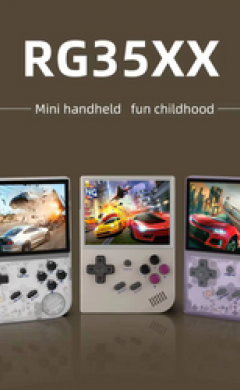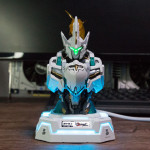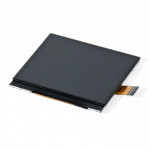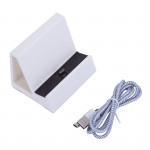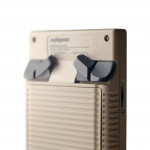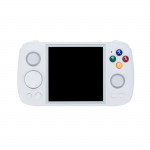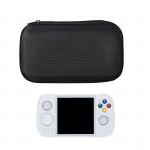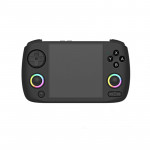TrimUI Brick First Impressions: SOLID
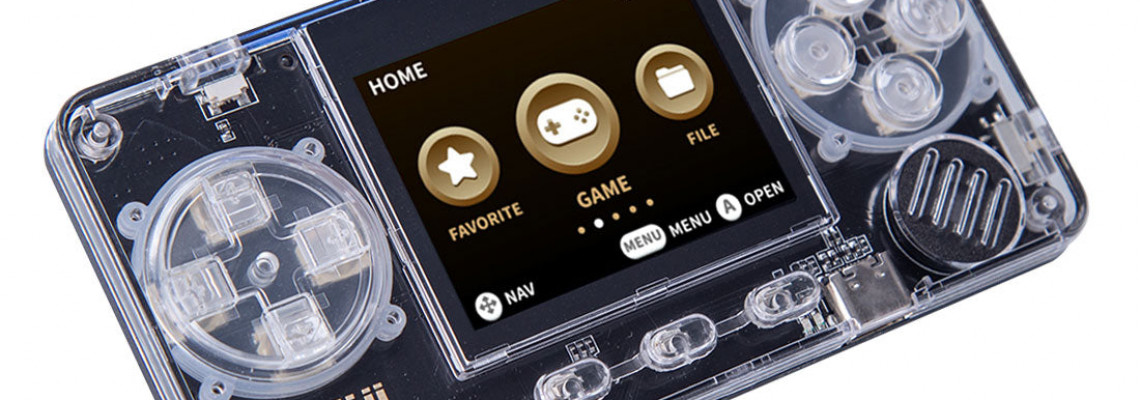
TrimUI Brick First Impressions: SOLID
One of the companies that hasn't produced a ton of goods is TrimUI. Because of this, they are comparable to businesses like AYN and Retroid. However, the TrimUI brand is at the lower end of the market, concentrating on Android at higher pricing. The Brick comes after the Model S, Smart, and Smart Pro—a tiny vertical with a beautiful screen but a strange name. Let's discuss my initial thoughts, including my likes and dislikes, and whether it will be worthwhile.
For the record, Miyoodiy sent this device, but since I had already purchased one of them before learning they were sending one, I don't care what they think of my impressions.
TrimUI Brick Specs
Regarding specifications, you're receiving a familiar combination of many handhelds:
- CPU: Allwinner A133 Plus
- GPU: PowerVR GE8300
- RAM: 1GB
- Screen: 3.2”, 1024 x 768, 4:3 Aspect Ratio
- Battery: 3000mAh
- Connectivity: Wi-Fi, Bluetooth, microSD, 3.5mm Headphone Jack, 2x USB-C
- Dimensions: 110 x 73 x 12-20mm, 157 grams
What I Like
The Brick's construction quality is the first feature I like. This device feels robust, although it's lightweight and relatively small. Ironically, there is a metal plate behind the screen, but other than that, everything is solid. Everything is well-built, the buttons feel firm, and there is a little rattle, which is fantastic when I realize what else I enjoy about it: the screen.
You are looking at a very high-resolution screen for a 3.2" smartphone at 1024 x 768. The combination of it with the pleasant, clicky buttons on the handheld's front makes everything a delightful experience. I haven't had any problems with inputs thus far, and everything feels pleasant and accurate.
However, regarding the controls, I appreciate how completely customizable the shoulder buttons on the Brick are. Five more sets of shoulder buttons, either clear or black, can give me the form or size I want. However, I haven't felt the urge to alter it yet. As I continue to test it further, that will be on the horizon soon.
Once operational, the overall experience is also pleasant. I'm looking forward to CrossMix OS next because everything fits together. This would also be the ideal little vertical for MinUI if that's your preferred route. I am aware that there are builds for MinUI as well.
What I Don't
There is some room for improvement in the ergonomics. The Brick succeeds well in this area but feels a little too narrow for its thinness, whereas the Miyoo Mini+ annoyed me with its lack of a chin. Given its small size, the Miyoo Mini V4 is to be expected, but this offers an odd compromise between the two.
Compared to L2 and R2, L1 and R1 are too spongy, at least on my current device. As a result, the clicks don't feel entirely precise. The good news is that I can explore with more testing whether using different shoulder buttons could resolve this perplexing problem. Additionally, I could find out whether it is a multi-unit problem from my second unit.
Final Thoughts
Looking at my dislikes, you can see how particular they are. The Brick has many positive aspects and minor drawbacks, while your alternate options have many disadvantages.
The 35XX series, Miyoo Mini, Mini+, and GKD Pixel are your options for non-stick gadgets. You can choose between having a larger screen or going smaller. Although the Brick is far superior for first-time customers, I still would choose an original 35XX out of this group.
The RGB20 Pro, RGB20SX, and 353V are larger devices with sticks worth considering. All are good in their own right, but not everyone needs sticks, so a 40XXV would be a better option if you can live without them. If you're getting bigger, the Brick is in a Goldilocks zone in terms of size. Additionally, you're getting an excellent device for the price, which ranges from $60 to $80, depending on where you buy it.
And, like the Smart Pro, you could observe that prices decline with time.
